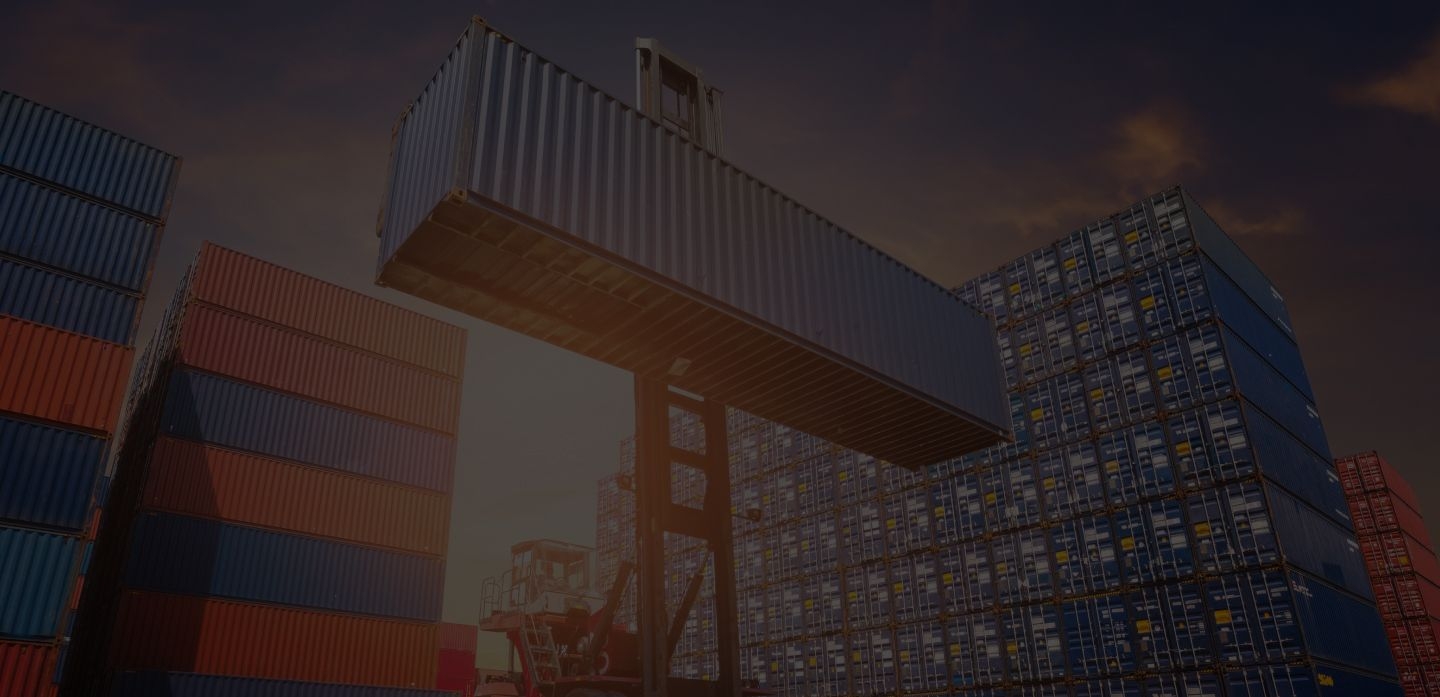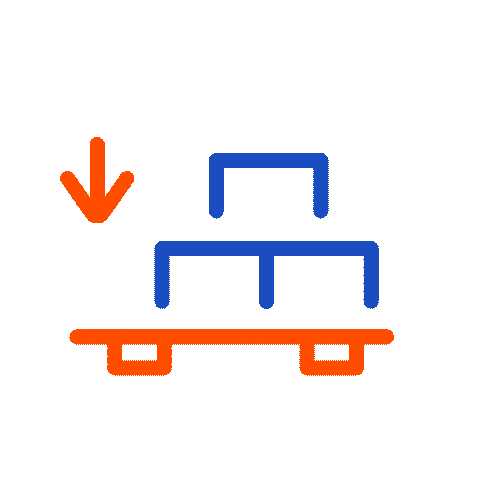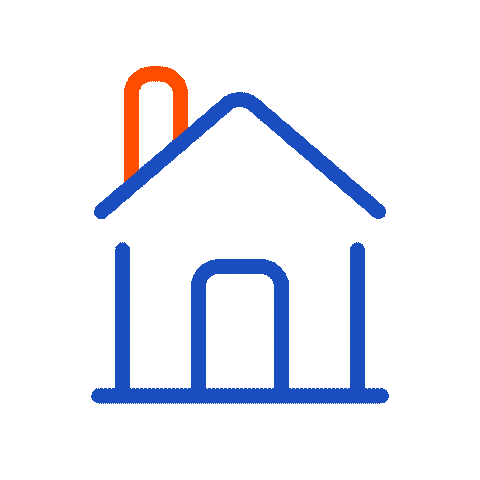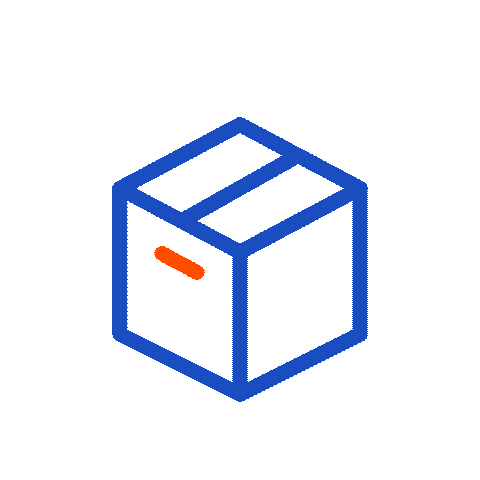
Container Shipping to Long Beach — Get Instant Quotes



Why Choose iContainers for Shipping to Long Beach?
- America’s Pacific gateway. The Port of Long Beach (POLB) handled more than 8 million TEU in 2024, forming the nation’s busiest import complex together with neighboring Los Angeles.
- Trusted drayage & rail network. Direct on-dock rail links move containers inland via the Alameda Corridor, cutting dwell time and trucking costs.
- Customs expertise. Your dedicated iContainers manager handles Importer Security Filing (ISF 10+2), FDA prior-notice, and fumigation or AQI checks for wood-packaged goods.
- End-to-end visibility. Real-time tracking and predictive ETAs keep you ahead of West-Coast congestion peaks and PierPass OffPeak windows.
Our Container Shipping Services to Long Beach
Full-Container-Load (FCL)
Most high-volume imports—electronics, furniture, automotive parts—arrive in sealed 20 ft or 40 ft containers for security, faster gate moves, and fixed landed costs. Typical transits: Shanghai → Long Beach ~15 days, Rotterdam → Long Beach 25–30 days.
Less-than-Container-Load (LCL)
SMEs shipping fashion, sporting goods, or specialty foods choose LCL consolidation via hubs such as Busan, Hong Kong, and Hamburg, with door-to-door times as low as 18–25 days from Asia and 30–35 days from Europe.
Alternative: Air Freight to Southern California
When speed trumps cost, book air freight into LAX (the #2 U.S. cargo airport) or Long Beach Airport (LGB) for just-in-time spare parts, high-value electronics, or e-commerce replenishment. Airport-to-airport transit can be 1–4 days worldwide.
Container shipping rates to Long Beach
How much does it cost to ship a container to Long Beach?
How Long Does It Take to Ship a Container to Long Beach?
- Ocean FCL / LCL: 10 – 35 days depending on origin, routing, and Panama or Suez Canal choices.
- Air Freight: 1 – 7 days including customs release.
Popular Routes and Ports for Shipping to Long Beach
| Origin Ports | U.S. Gateway | Notes |
|---|---|---|
| Shanghai • Ningbo • Shenzhen | Port of Long Beach (POLB) | Fast Pacific loops, weekly sailings. |
| Busan • Kaohsiung • Hong Kong | POLB | Trans-Pacific express services for electronics. |
| Rotterdam • Hamburg • Antwerp | POLB | All-water via Panama or intermodal via East-Coast rail. |
| Yokohama • Nagoya | POLB | Automotive parts & finished vehicles. |
| — | LAX / LGB (air) | Time-critical samples & perishables. |
Five Easy Steps to Book with iContainers
- Get an instant quote online for FCL, LCL, or air freight.
- Select service level — port-to-port, door pickup, insurance options.
- Upload documents (commercial invoice, packing list, ISF data).
- Track & manage your shipment 24/7 in the dashboard.
- Clear & receive at Long Beach with drayage to any U.S. ZIP code.
What Can You Ship in a Container to Long Beach?
Common Commodities
- Consumer electronics & IT hardware
- Furniture, home décor, DIY supplies
- Automotive parts and finished vehicles
- Apparel, footwear, sports equipment
- Foodstuffs, wine, and non-hazardous chemicals
Restricted or Special-Permit Goods
- Lithium batteries and hazmat (require IMDG paperwork)
- Alcohol and tobacco (TTB permits)
- Meat, dairy, and produce without USDA approvals
- Counterfeit or trademark-infringing items
- Used vehicles (EPA/DOT compliance)
FAQs About Shipping Containers to Long Beach
It isn’t legally required, but iContainers strongly recommends marine insurance to cover Pacific weather risks and terminal handling damage.
PierPass is an OffPeak program that assesses a Traffic Mitigation Fee on daytime container moves. Booking night-gate or weekend slots can avoid or reduce this fee.
Yes. Goods stored in a bonded warehouse or Foreign Trade Zone (FTZ) can be re-exported duty-free. Ask your account manager for FTZ routing options.